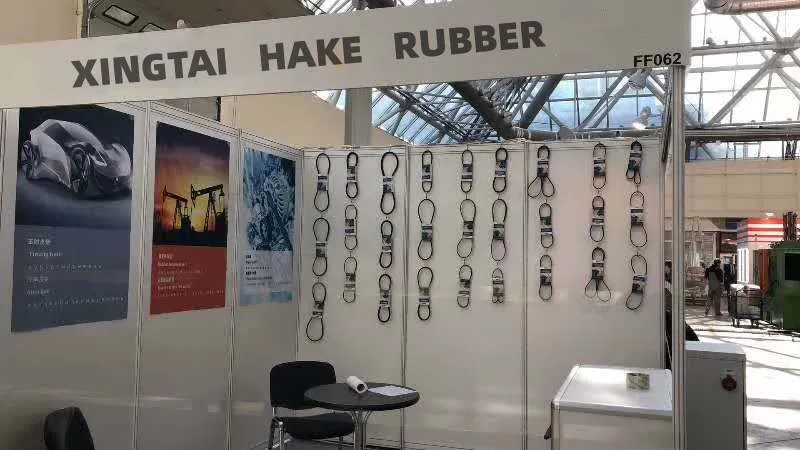- Arabic
- French
- Russian
- Spanish
- Portuguese
- Turkish
- Armenian
- English
- Albanian
- Amharic
- Azerbaijani
- Basque
- Belarusian
- Bengali
- Bosnian
- Bulgarian
- Catalan
- Cebuano
- Corsican
- Croatian
- Czech
- Danish
- Dutch
- Afrikaans
- Esperanto
- Estonian
- Finnish
- Frisian
- Galician
- Georgian
- German
- Greek
- Gujarati
- Haitian Creole
- hausa
- hawaiian
- Hebrew
- Hindi
- Miao
- Hungarian
- Icelandic
- igbo
- Indonesian
- irish
- Italian
- Japanese
- Javanese
- Kannada
- kazakh
- Khmer
- Rwandese
- Korean
- Kurdish
- Kyrgyz
- Lao
- Latin
- Latvian
- Lithuanian
- Luxembourgish
- Macedonian
- Malgashi
- Malay
- Malayalam
- Maltese
- Maori
- Marathi
- Mongolian
- Myanmar
- Nepali
- Norwegian
- Norwegian
- Occitan
- Pashto
- Persian
- Polish
- Punjabi
- Romanian
- Samoan
- Scottish Gaelic
- Serbian
- Sesotho
- Shona
- Sindhi
- Sinhala
- Slovak
- Slovenian
- Somali
- Sundanese
- Swahili
- Swedish
- Tagalog
- Tajik
- Tamil
- Tatar
- Telugu
- Thai
- Turkmen
- Ukrainian
- Urdu
- Uighur
- Uzbek
- Vietnamese
- Welsh
- Bantu
- Yiddish
- Yoruba
- Zulu
Dec . 09, 2024 15:59 Back to list
poly belt
The Versatility of Polyurethane Belts A Comprehensive Guide
Polyurethane belts, often referred to simply as poly belts, have gained significant popularity across various industries due to their durability, flexibility, and unique properties. These belts are used in a multitude of applications, from automotive to manufacturing, and even in consumer electronics. This article explores the characteristics, benefits, and applications of polyurethane belts, highlighting why they are an essential component in modern engineering and industrial design.
Understanding Polyurethane
Polyurethane is a versatile polymer that can be engineered to have a wide range of hardness, flexibility, and resilience. It can be formulated in various ways to optimize its properties for specific applications. When applied to the manufacturing of belts, polyurethane provides excellent wear resistance, high tensile strength, and remarkable elasticity. These characteristics make polyurethane belts a superior alternative to traditional materials like rubber or PVC in many instances.
Key Benefits of Polyurethane Belts
1. Durability Polyurethane belts are known for their long service life. They are resistant to abrasion, chemical exposure, and environmental factors such as moisture and UV radiation. This durability makes them ideal for both indoor and outdoor applications.
2. Flexibility and Elasticity Polyurethane belts can stretch and return to their original shape without damage. This elasticity allows them to operate efficiently under varying loads, making them suitable for intricate machinery where precision is crucial.
3. Low Noise Operation Unlike metal belts or some rubber variants, polyurethane belts often operate more quietly. This noise reduction is significant in environments such as offices or libraries where sound levels must be kept to a minimum.
4. Customizability Manufacturers can create polyurethane belts tailored to specific requirements, including size, shape, and tensile strength. This customization is particularly beneficial for niche applications where standard belts may not suffice.
5. Lightweight Polyurethane belts are typically lighter than their rubber counterparts, which can contribute to reduced energy consumption in machines and lower operational costs.
Applications of Polyurethane Belts
poly belt

Polyurethane belts are found in a variety of industries and applications
- Automotive In vehicles, polyurethane belts are often used in power transmission systems, such as serpentine belts, where they deliver reliability under dynamic loads.
- Conveyor Systems Industries that rely on conveyor belts, such as packaging, food processing, and material handling, benefit from polyurethane belts' high strength-to-weight ratio and resistance to chemicals.
- The Textile Industry In textile and garment manufacturing, polyurethane belts ensure smooth operation of sewing and weaving machines, offering quiet and consistent performance.
- Robotics and Automation Polyurethane belts are used in robotic systems for their precision, flexibility, and resilience, allowing robots to perform complex movements with accuracy.
- Consumer Electronics Many printers and other devices utilize polyurethane belts due to their ability to operate quietly and maintain precision in moving parts.
Maintenance and Care for Polyurethane Belts
To maximize the lifespan of polyurethane belts, proper maintenance is essential. Regularly inspect the belts for signs of wear or damage, such as cracks or fraying edges. It’s important to keep the belts clean and free from debris that could cause excessive wear. Lubricating the surrounding components, while avoiding direct application on the belts themselves, can also help reduce friction and prolong their usability.
Conclusion
Polyurethane belts serve as a cornerstone of modern machinery and applications, thanks to their unique properties and benefits. Their strength, elasticity, and resistance to environmental factors contribute to a wide range of applications across various sectors. As technology advances and industries continue to evolve, the demand for versatile and durable components like polyurethane belts will likely grow.
By understanding the advantages and applications of polyurethane belts, businesses can make informed decisions about their use, leading to improved efficiency and productivity in their operations. As a result, polyurethane belts are not just an accessory but an integral part of contemporary industrial and technological advancements.
-
Korean Auto Parts Timing Belt 24312-37500 For Hyundai/Kia
NewsMar.07,2025
-
7PK2300 90916-T2024 RIBBED BELT POLY V BELT PK BELT
NewsMar.07,2025
-
Chinese Auto Belt Factory 310-2M-22 For BMW/Mercedes-Benz
NewsMar.07,2025
-
Chinese Auto Belt Factory 310-2M-22 For BMW/Mercedes-Benz
NewsMar.07,2025
-
90916-02660 PK Belt 6PK1680 For Toyota
NewsMar.07,2025
-
drive belt serpentine belt
NewsMar.07,2025

